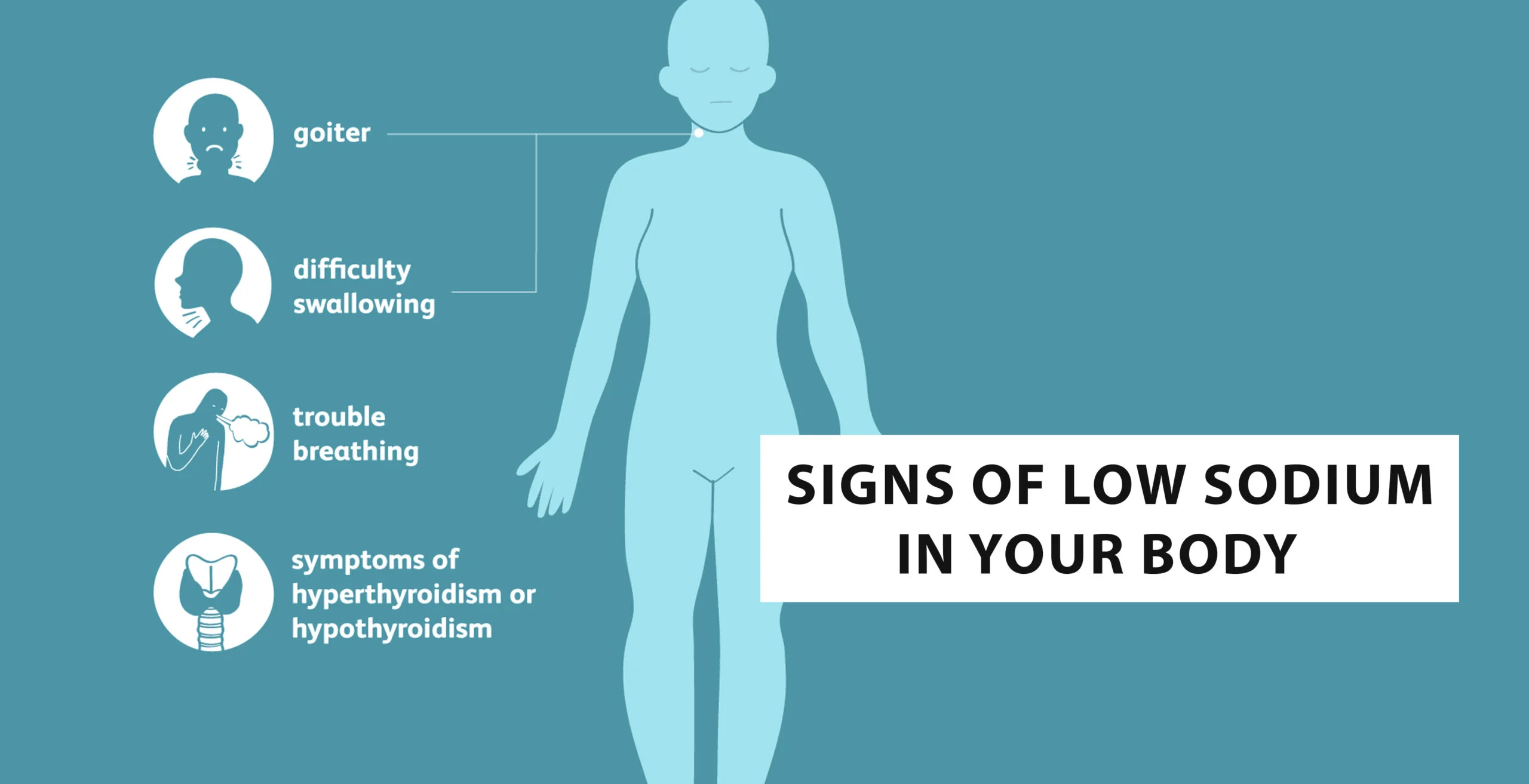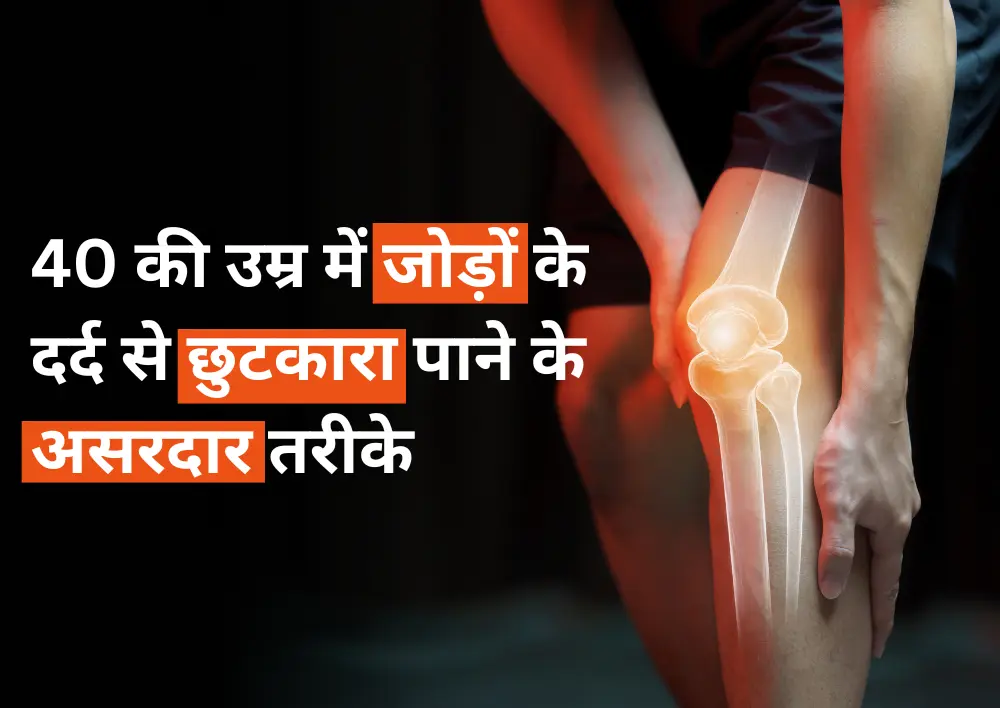Signs of Low Sodium in Your Body
Sodium is an electrolyte that plays a key role in regulating the water levels and other substances in the body. The low sodium level is less than 135 milliequivalents per liter (mEq/L). As the condition deteriorates, people may experience symptoms, such as:
- muscle twitches
- vomiting
- seizures
Severe hyponatremia occurs when levels drop below 125 mEq/L. Health problems arising from extremely low sodium levels may be critical.
Mild hyponatremia might not cause symptoms. When symptoms happen they include:
- sluggishness / drowsiness
- confusion
- a headache
- nausea
- low energy and fatigue
- restlessness
If the condition deteriorates, it can cause severe symptoms, especially in older adults. Severe symptoms can comprise:
- vomiting
- coma
- twitching, spasms, and muscle weakness
- seizures
Hyponatremia can lead to death in extreme cases.
Causes:
Medical conditions and factors that can cause sodium levels to fall comprise:
- heart failure
- diarrhea or vomiting
- kidney disease
- medication use
- syndrome of inappropriate ADH secretion (SIADH)
- liver disease
Individuals with SIADH produce excessive levels of the anti-diuretic hormone (ADH), which can reduce sodium levels
Other causes comprise:
- Taking the recreational drug ecstasy enhances the risk of severe hyponatremia in a few cases. Hyponatremia from ecstasy use can be fatal, particularly in females.
- Drinking too much water
- Hormone disorders. These comprise Addison’s disease, which decreases the body’s production of the hormones aldosterone and cortisol and hypothyroidism, which is characterized by reduced levels of thyroid hormone.
Risk Factors
Certain factors augment the risk of developing hyponatremia, including:
- taking ecstasy
- age
- taking certain diuretics, antidepressants, or pain medications
- having specific conditions, such as SIADH or kidney, heart, or liver disease
- intense exercise, which can cause people to drink lots of water quickly
- drinking excessive amounts of water
Diagnosis
People who develop symptoms of hyponatremia or are at risk must see their doctor right away as they may need urgent medical treatment. People with symptoms such as seizures, vomiting, or loss of awareness necessitate immediate attention. They must call an ambulance or go to the best internal medicine doctor in Gurgaon. To diagnose low sodium levels, doctor will take a medical history, perform a physical examination, and order a blood test. If the blood test shows low sodium levels, the doctor will perform additional tests to find out the cause.
Treatment:
Treatment for hyponatremia includes:
- Treating the underlying cause
If the underlying cause of hyponatremia is a medical condition or hormonal disorder, people will need further treatment. For instance, people with kidney, liver, or heart problems can receive medications or may need to go through surgery. Kidney problems often necessitate dialysis, and people with heart or liver conditions may need a transplant.
- Restoring blood sodium levels by oral or IV sodium Supplementation.
Internal medicine doctor can treat people with mild to moderate hyponatremia resulting from medication or lifestyle factors to augment sodium to normal levels by:
- drinking less fluids
- switching medications or adjusting medication dose
Individuals with severe symptoms often require hospitalization and an intravenous (IV) sodium treatment to get their sodium levels back to normal. They may also require drugs to treat seizures or other hyponatremia symptoms.













Was the information useful?
4 0